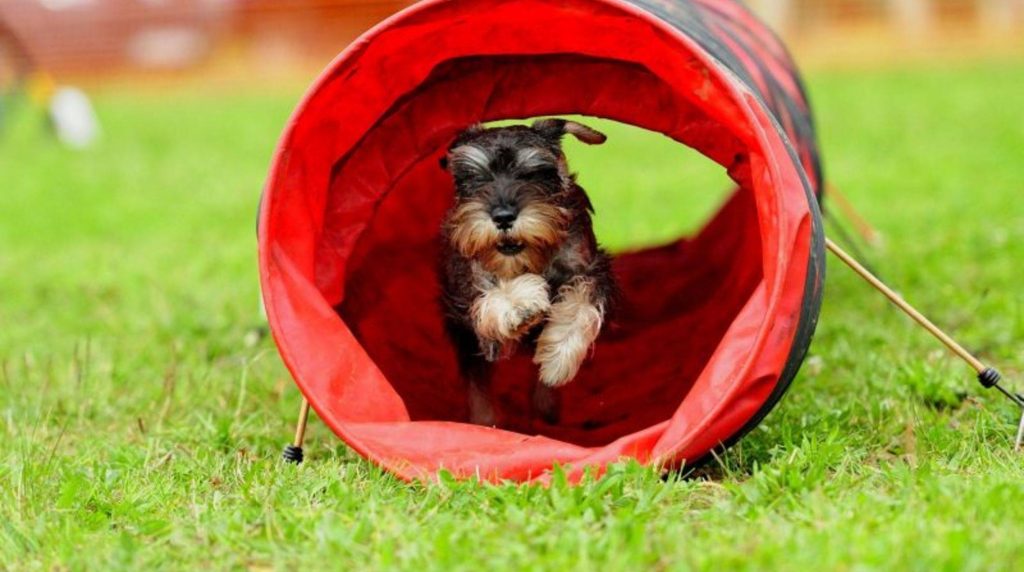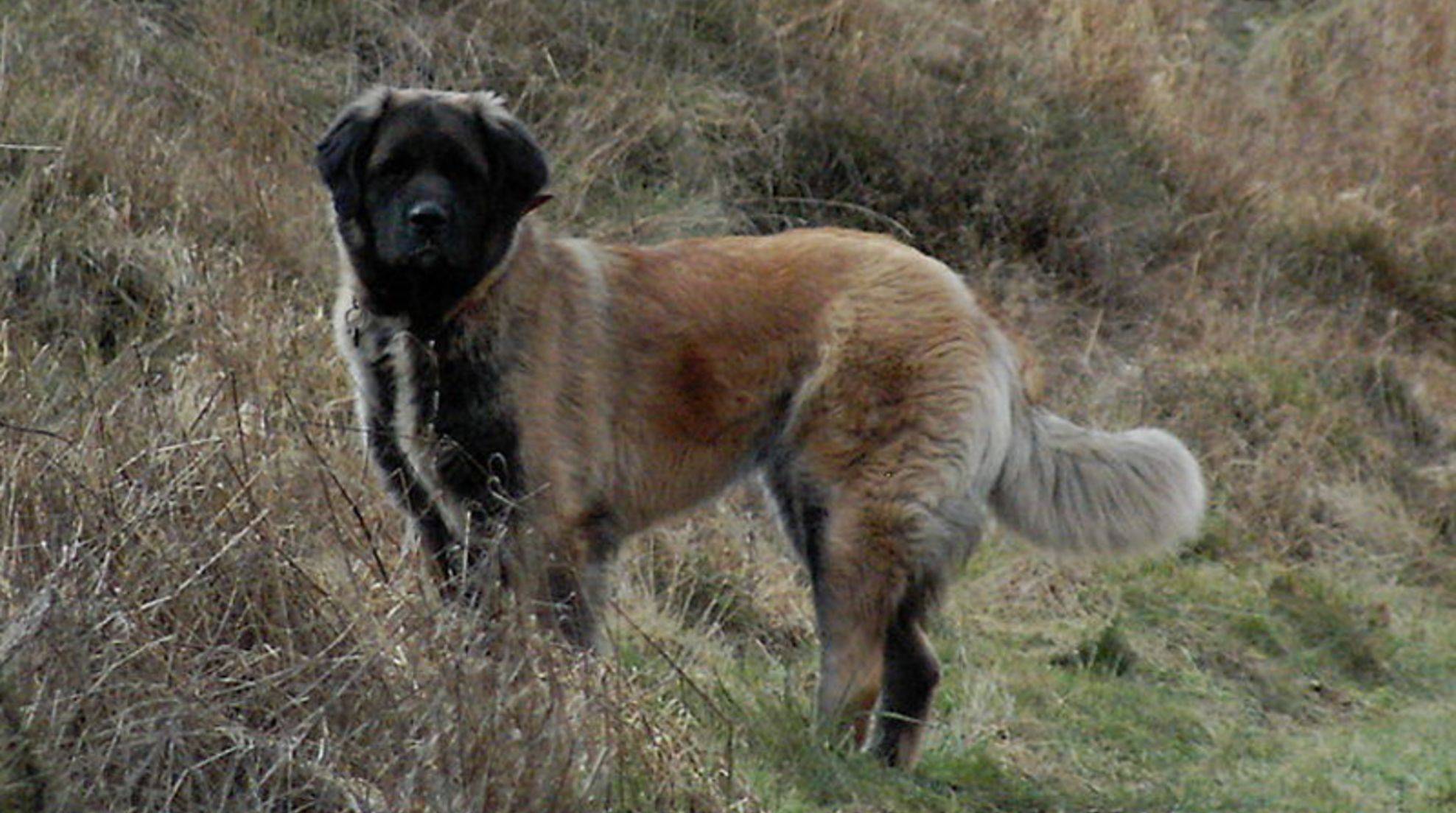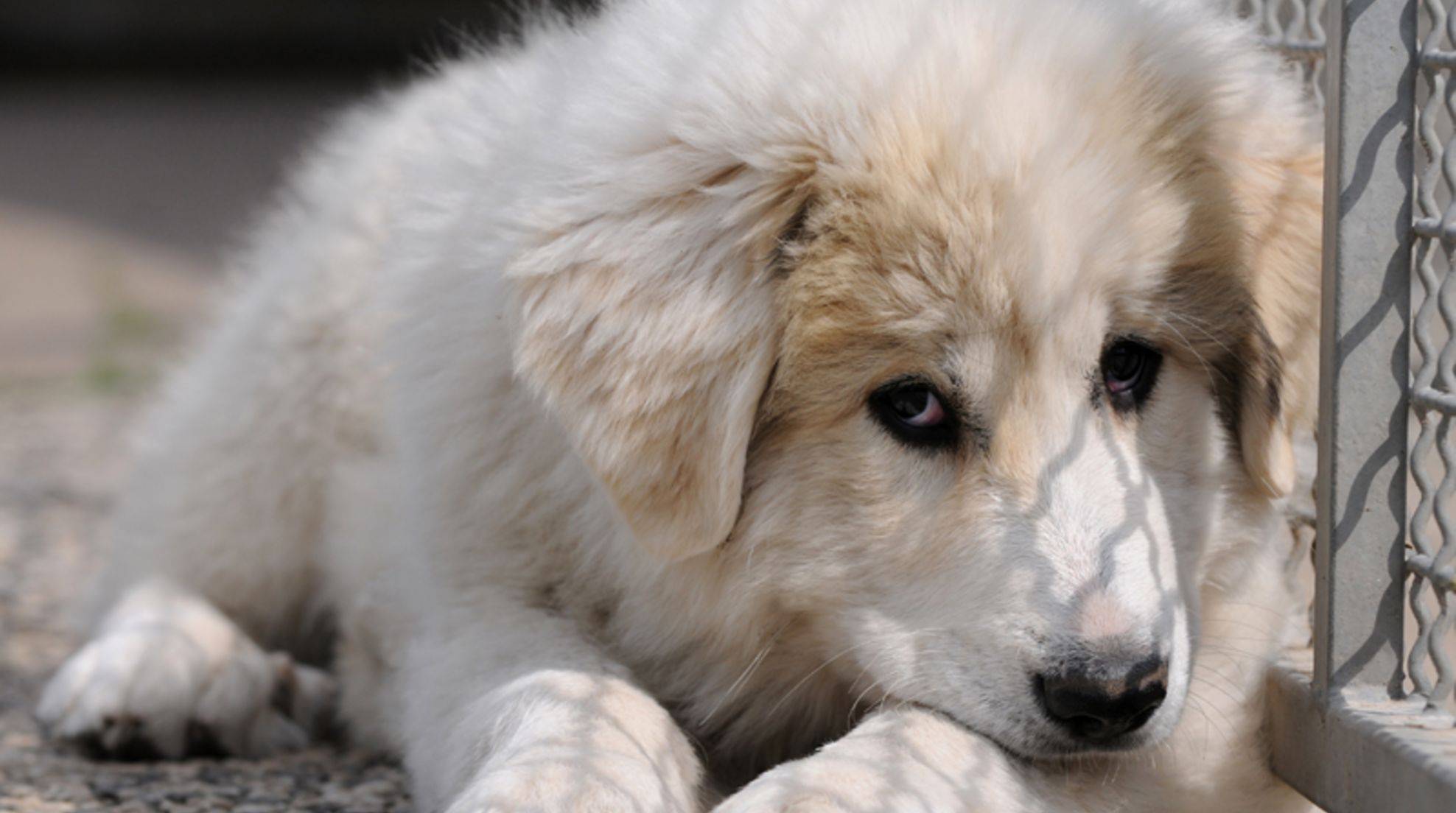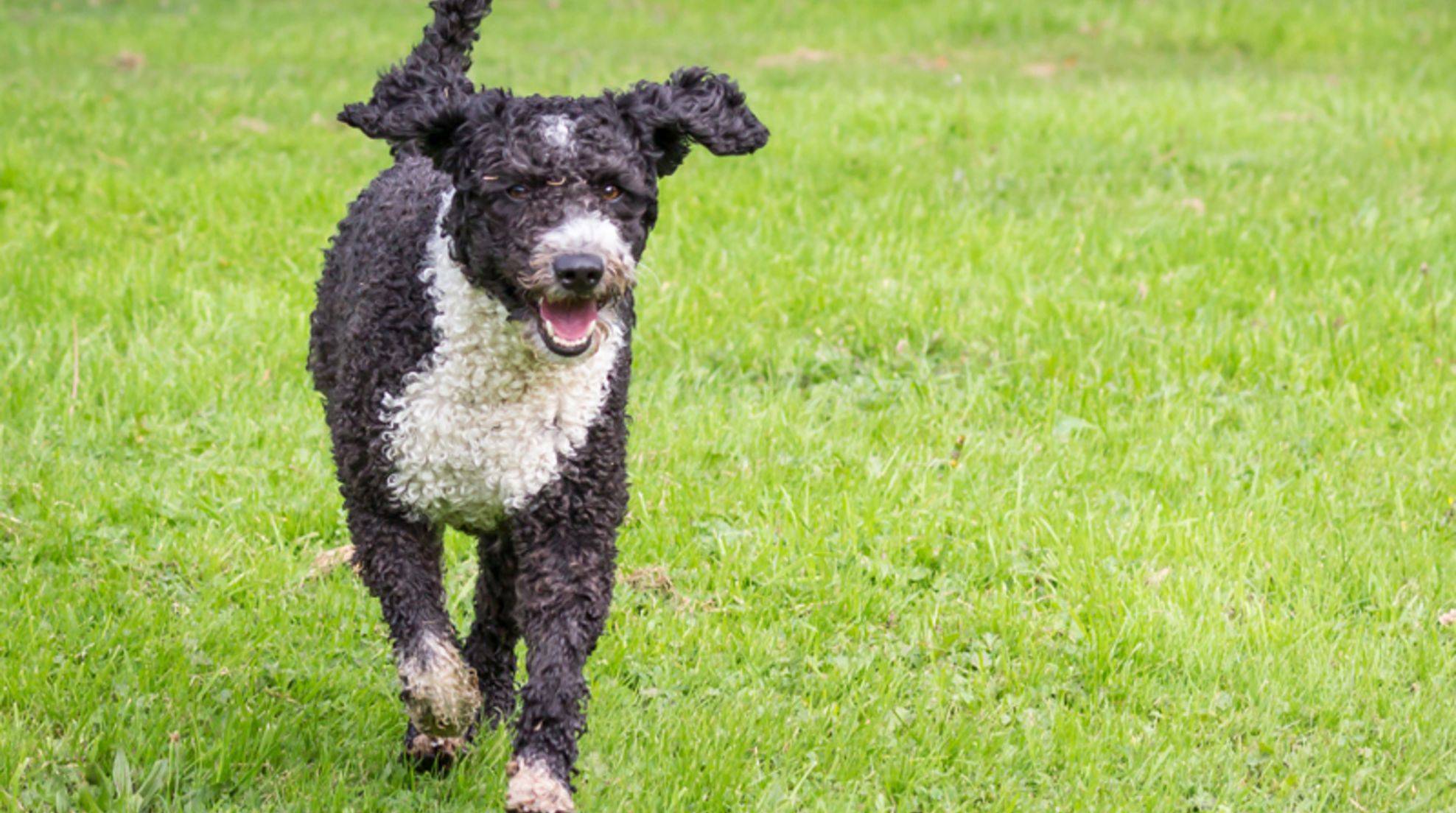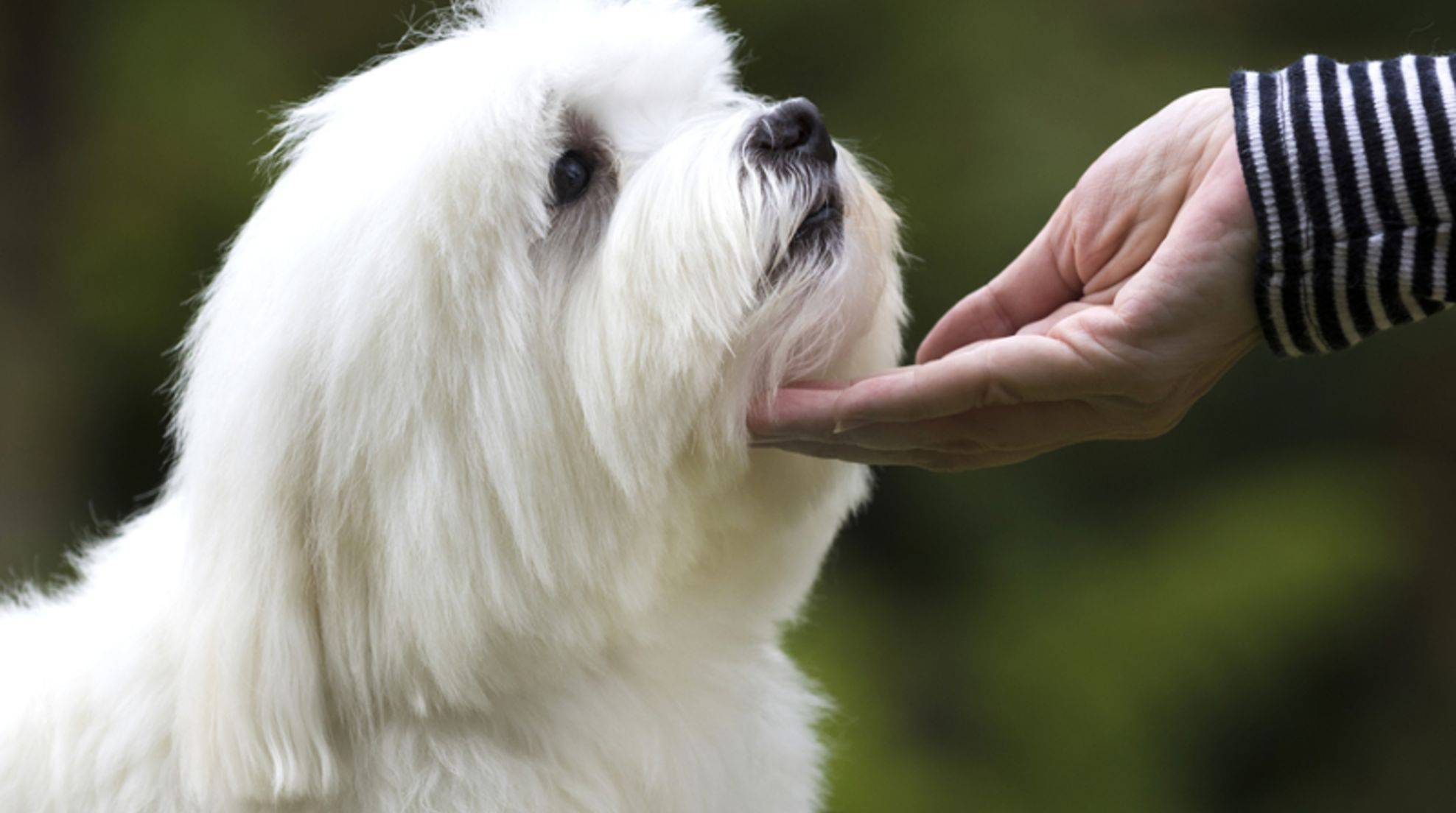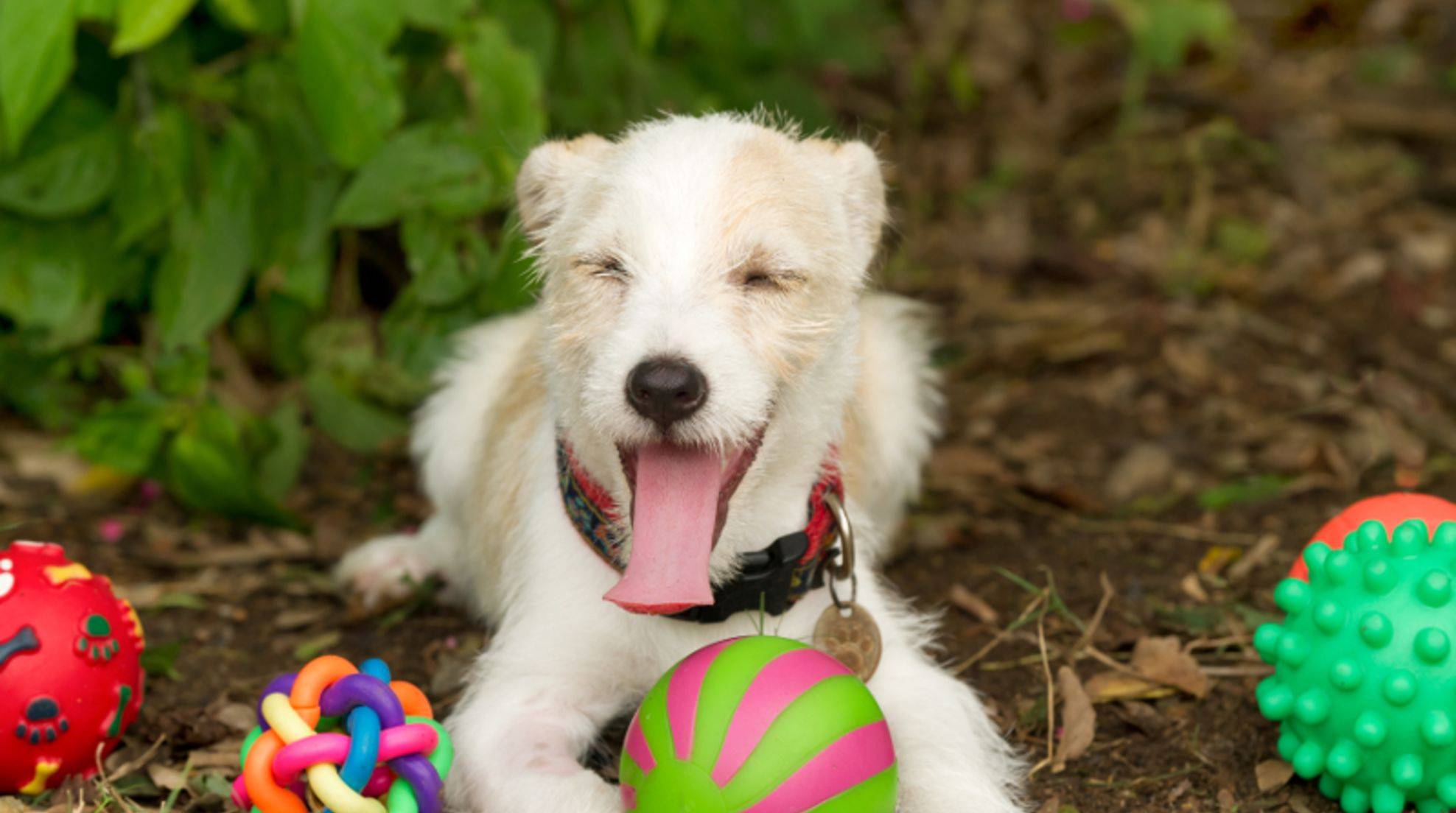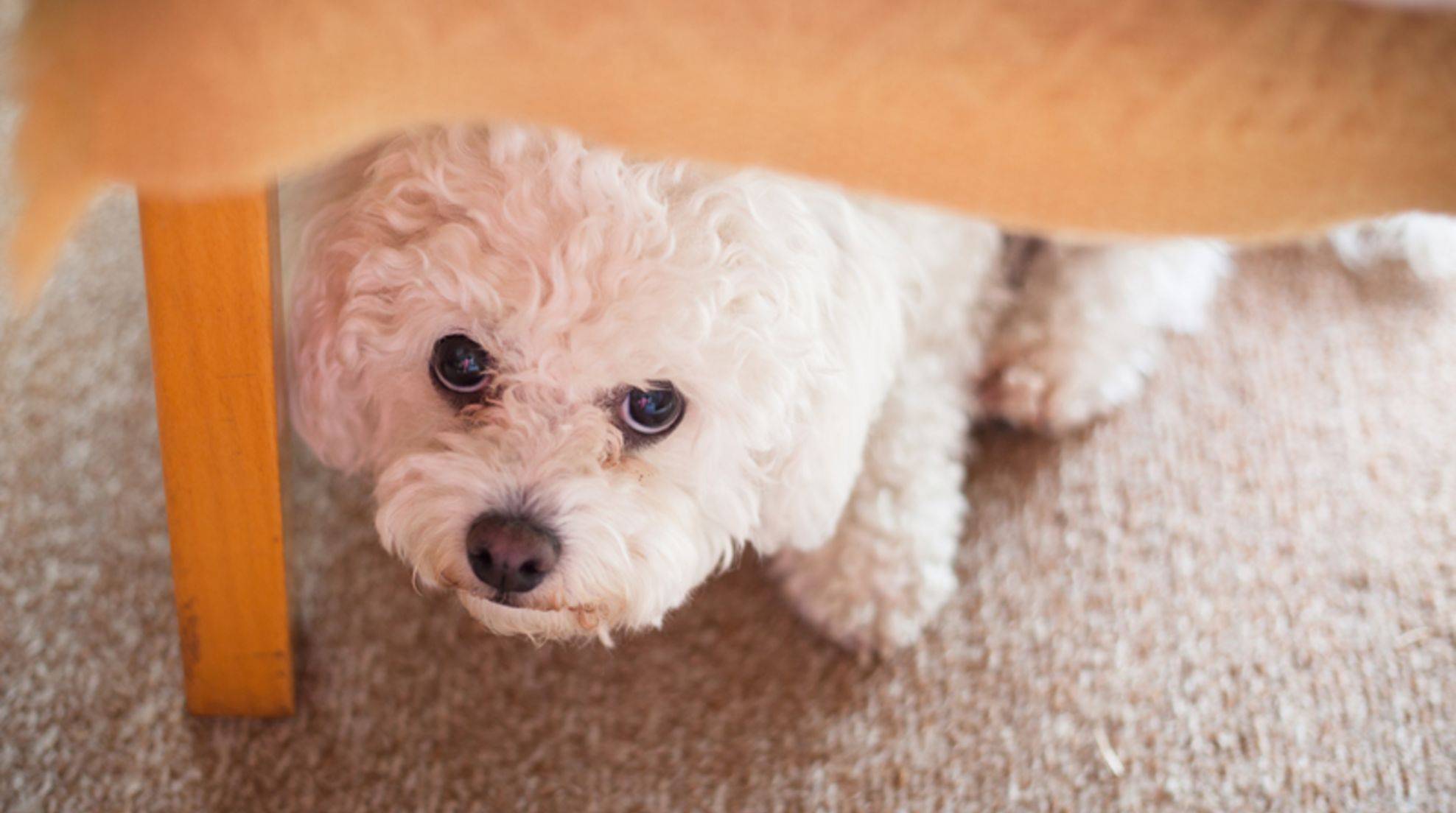Agility training for the dog: tips for beginners
Agility training promotes the fitness and concentration of the four-legged friends and the human-dog relationship. If you want to try agility training with your dog for sporting reasons or just for fun, you will find one or two tips for beginners here.
While your four-legged friend jumps over hurdles in no time and masters various tricky stations, you give the commands and follow your pelt nose at every turn – this is not only fun for your dog but also you. Agility training brings a dog and owner even closer together and is ideal for beginners.
The agility course: Using simple materials
An agility course does not have to be perfectly equipped. If you don’t want to buy special equipment, you can build obstacles from things you find at home. For example, two cardboard boxes and a curtain rod make the first hurdle. You can also use nature as an obstacle course: Agility training can be implemented just as well with the help of streams, tree trunks, and a few sticks. Tip: Always make sure to teach the equipment in a playful way and with a lot of patience. Your dog should never be afraid of obstacles or tasks.
Agility training for beginners: giving the proper commands
Successful agility training leads to the goal through the proper instructions. Give your dog as a beginner with a clear voice and clear announcements the way, whereby it is essential that your quadruped already masters the basic commands surely. For the dog, it also depends on the correct motivation. If your four-legged super athlete has an obstacle correctly, applause and a reward should always follow to encourage ambition. Tip: Be sure to take plenty of treats along for the training!
Further tips for beginners
It’s essential to vary the course and change it regularly so that your dog doesn’t just reel off the system mindlessly. Also, make sure that jumps are done on soft ground to prevent joint problems in your dog. Another good tip is to always exercise in the fresh air, as dogs are much more motivated outdoors than indoors or in the house. It is also important not to overtax your dog. End agility training with lots of applause and a reward as soon as your dog seems unfocused or exhausted.

